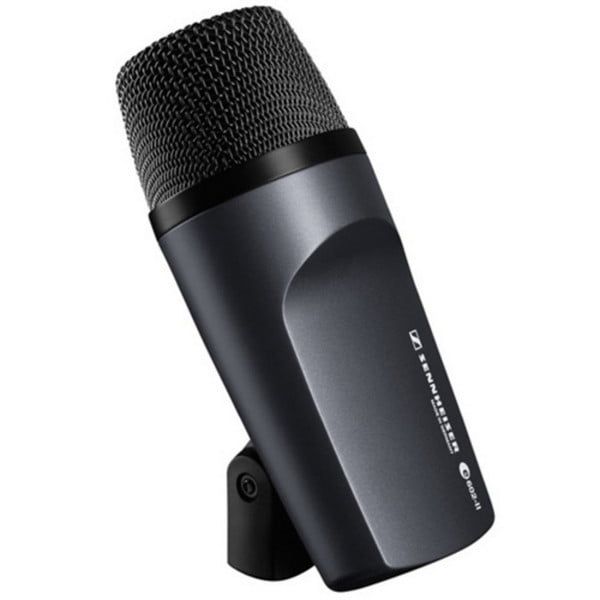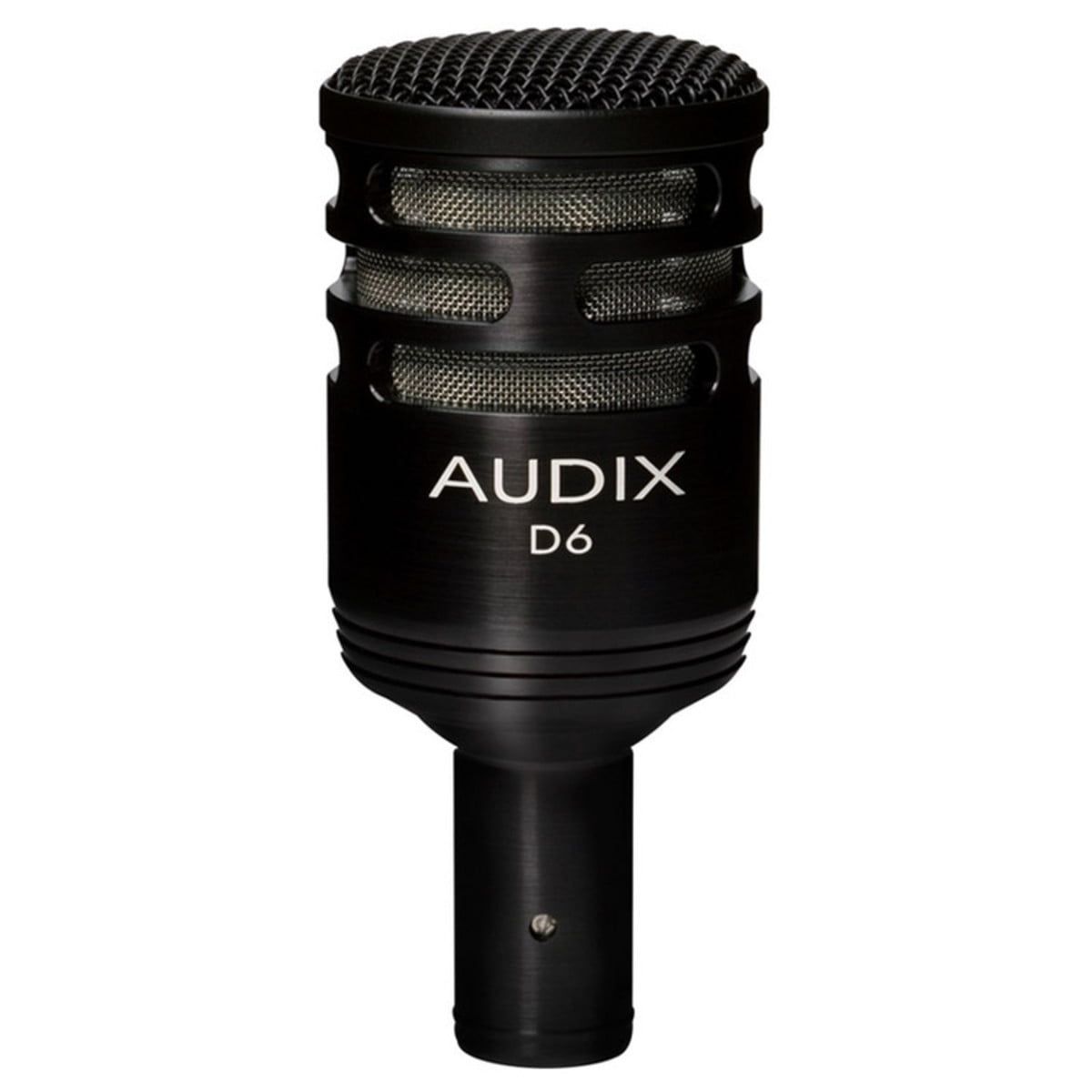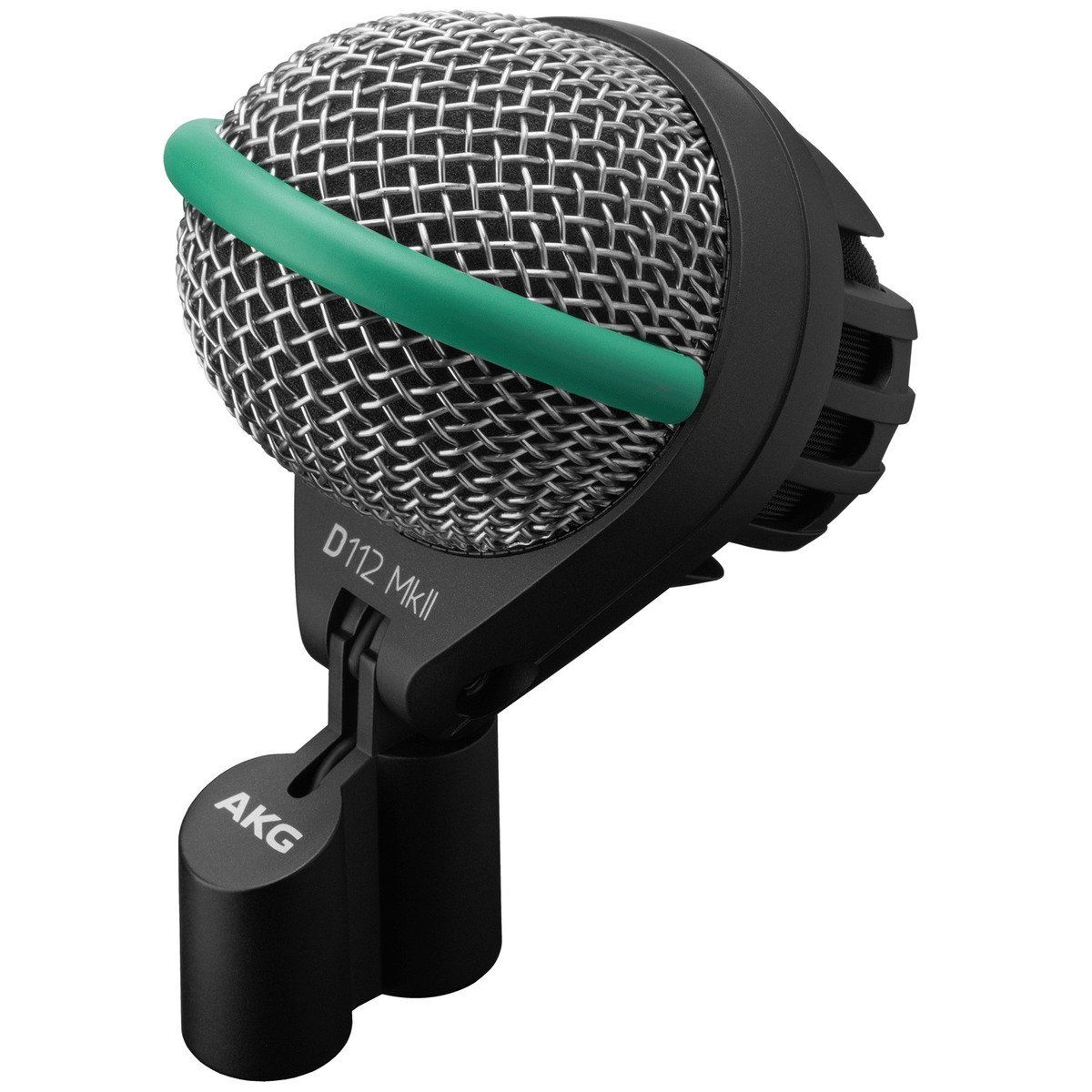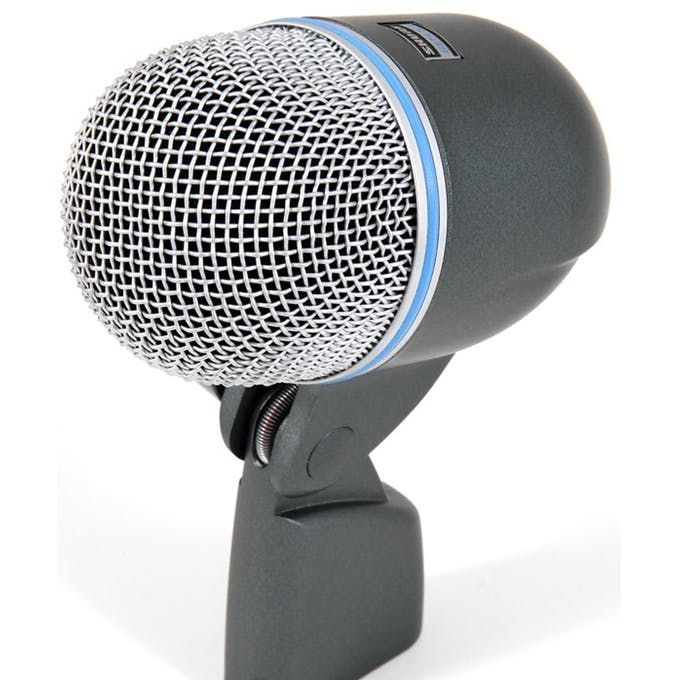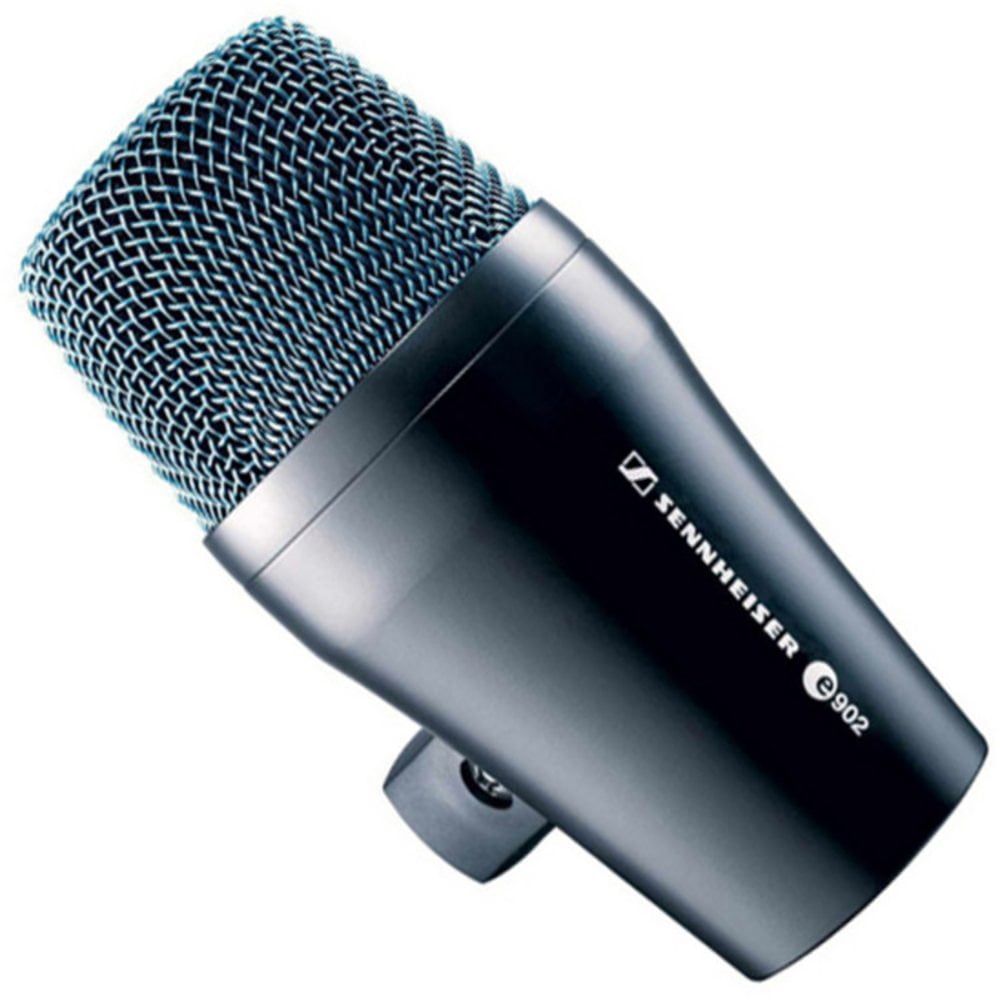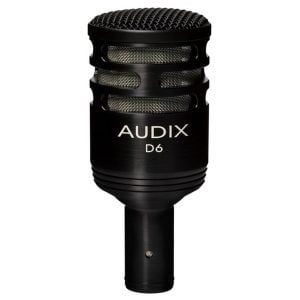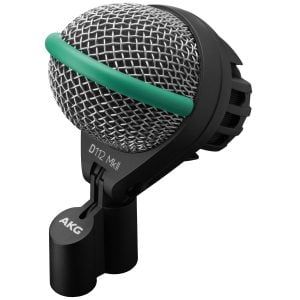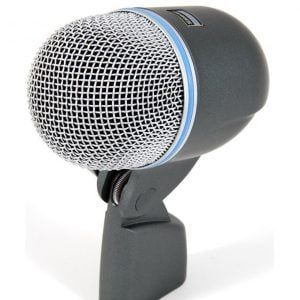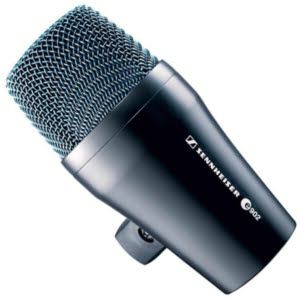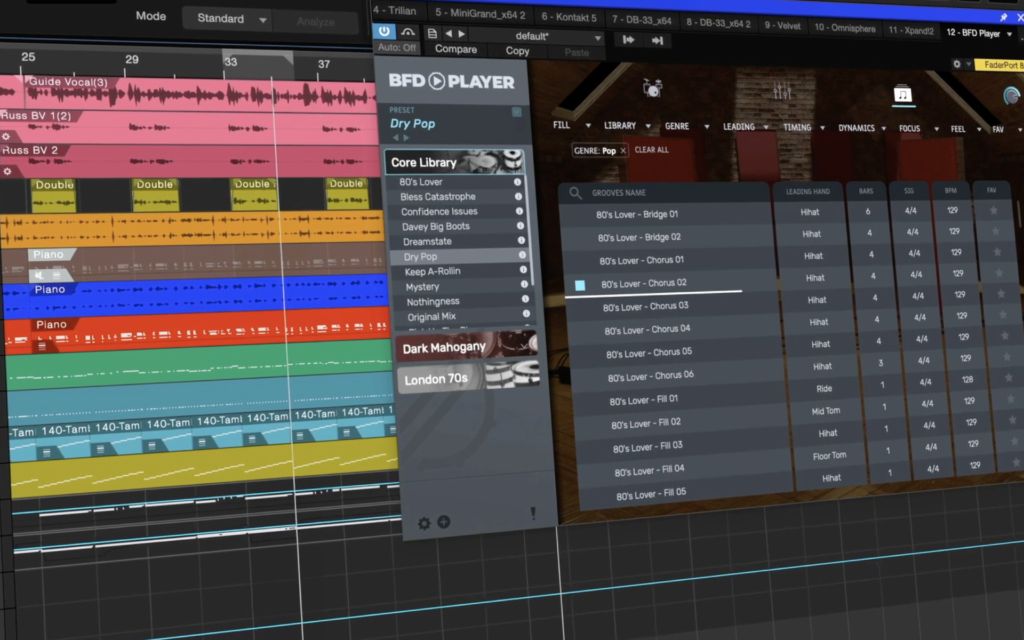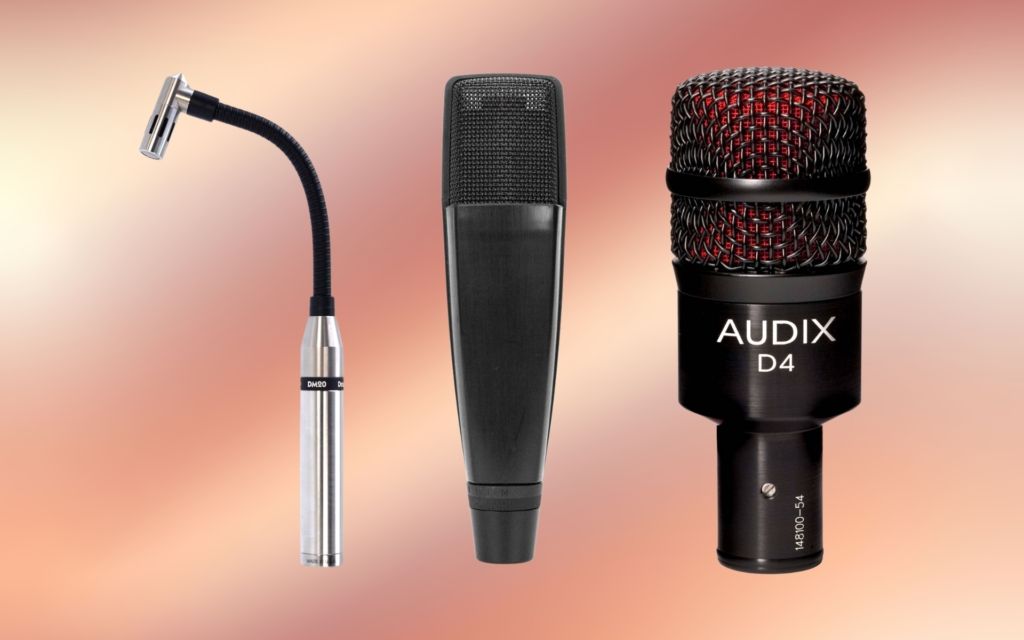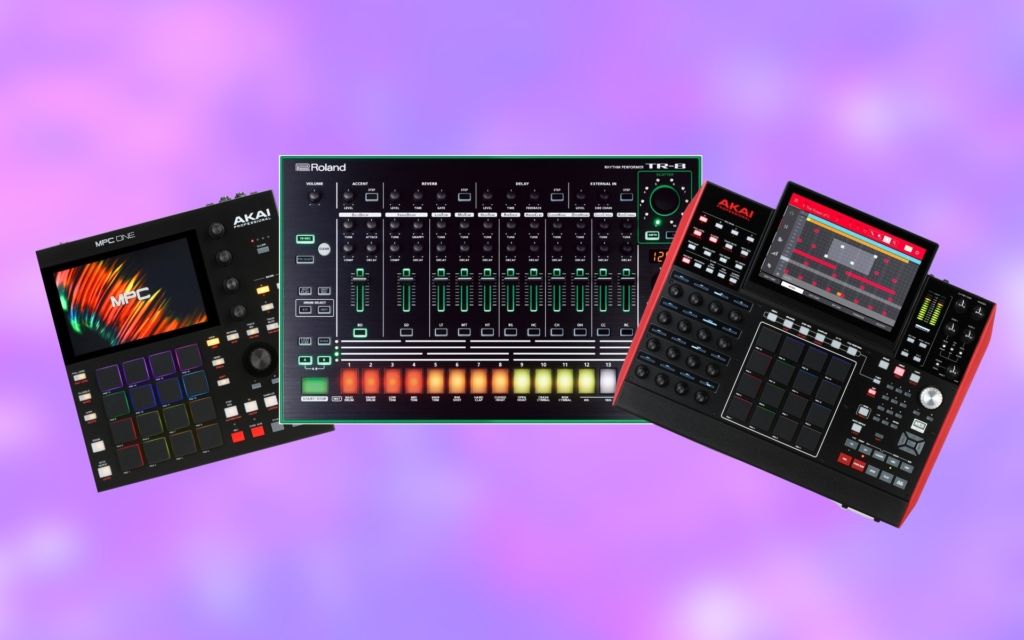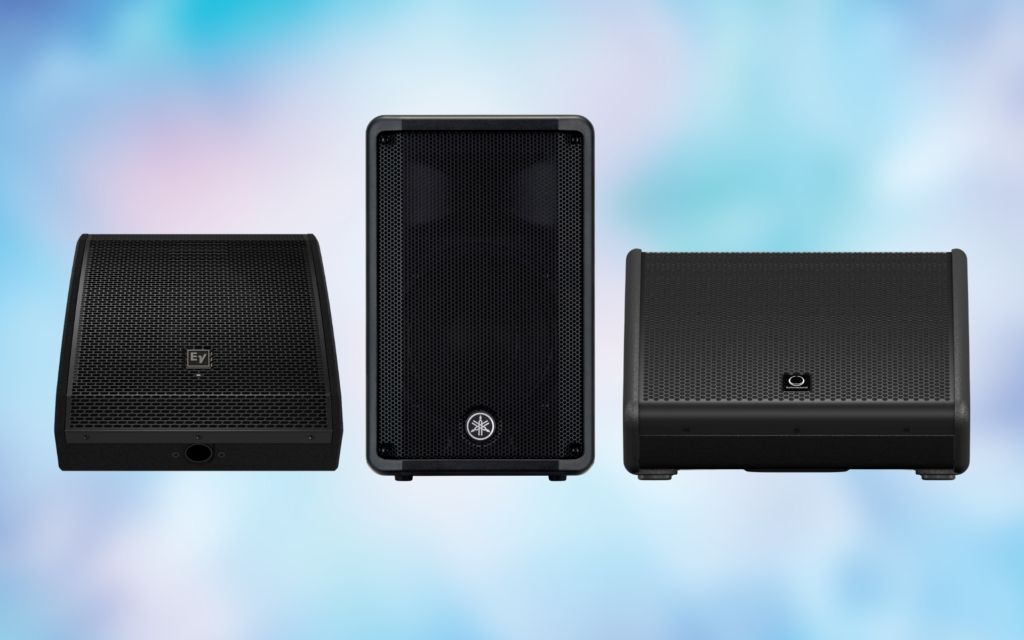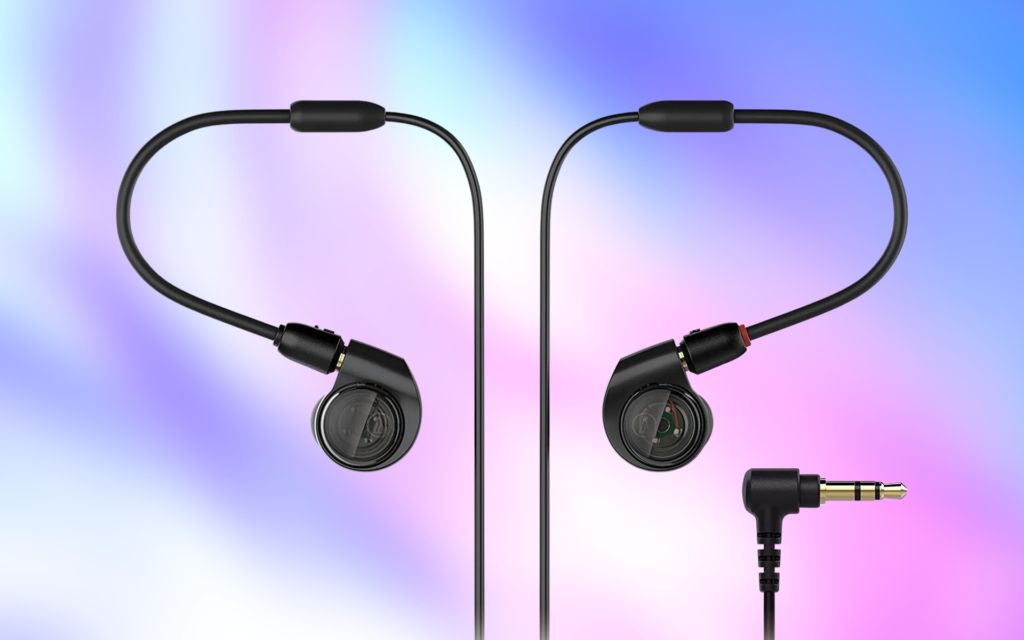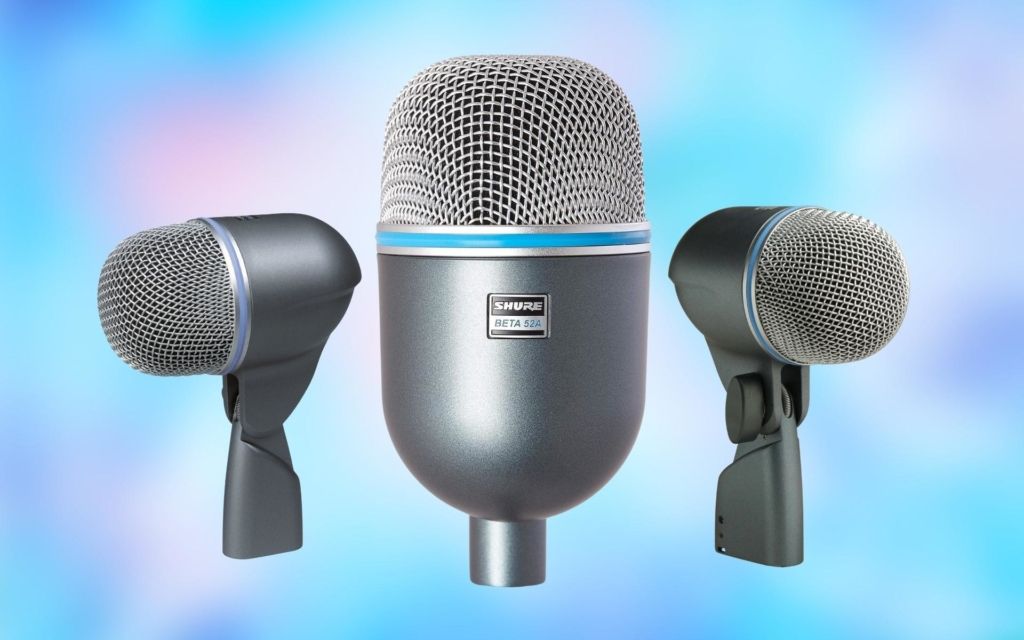I review products independently and only recommend products I would use myself. If you purchase through a link, I may earn an affiliate commission. Learn more.
Having a punchy kick drum sound is vital in most live and studio settings. Kick drum mics are essential pieces of recording gear that bring your bass drum sound to life, and they fill in all the low-end that a drum kit mix needs.
When you play live, and your kick has a mic, you’ll be able to feel it as the band plays. You’ll also be able to monitor your kick drum for live and studio settings to hear it better within the mix.
A good bass drum mic can handle high SPL levels and will do an excellent job of capturing the low end and the higher ranges to obtain the full range of frequencies to produce a powerful overall sound.
In this guide, we’ll look at the best kick drum mics that are used for studio and live settings. I’ve compared them in terms of performance, design, durability, and cost to give you my highest recommendations.
In a Rush’ Round-Up
How I Tested and Selected the Best Kick Drum Mics
I’ve been lucky enough to record several projects in studios throughout my years of drumming. I’ve also played plenty of gigs where the stage sound engineers provided all the microphone equipment.
This has exposed me to dozens of different kick drum mics, and I’ve seen how they compare to each other in real world situations.
I took that experience into account when compiling this list. I also considered a few features that you should always look for when picking a kick drum mic, including sound quality, build quality, ease-of-use, and overall versatility.
I made sure to pick high-end mics that professionals would use, but I also tested a few inexpensive mics that would be better options for newer drummers that are just getting into audio production.
Kick Drum Mics Reviews
Audix D6 Kick Drum Microphone
Audix D6 Kick Drum Microphone Review
The Audix D6 kick drum mic is an industry-leading kick drum microphone. Many sound engineers claim this microphone to be their weapon of choice when it comes to capturing the sound of a powerful bass drum.
I’ve clearly seen how the VLM (very low mass) diaphragm within this kick drum mic provides excellent transient response, and handles high SPLs of 144dB without distortion.
This enables this mic to deliver ground shaking low end with superb clarity.
This particular microphone does enhance higher band frequencies between 4-5kHz and 10-12kHz which allows the kick drum to cut through a wall of sound in live scenarios.
These frequency boosts might not suit everyone’s tastes, but this microphone has a legion of fans that swear by it as the best kick drum mic ever.
Each Audix D6 kick drum microphone is designed, machined, assembled, and tested by Audix in the USA for painstaking quality control.
When using this mic, I love how the lightweight aluminum body made it compact and easy to position inside a kick drum porthole.
The Audix D6 is a fantastic kick drum microphone, and when a live venue utilizes this microphone you can guarantee that the kick drum response will be accurate, clear, and powerful.
Pros
- Very low mass diaphragm
- Distinct and punchy sound
- Lightweight yet durable
Cons
- Pre-EQ'd sound is not to everyone's taste
- SPLs not as high as other mics
AKG D112 Kick Drum Microphone
AKG D112 Kick Drum Microphone Review
This kick drum mic produced by AKG is a legendary microphone. It is the industry standard for kick drums and has earned a solid reputation for its brilliant performance and reliability.
The AKG D112 is a large-diaphragm dynamic microphone that can handle more than 160dB in SPL (sound pressure levels) without distortion. This microphone can take whatever you throw at it!
I love using the AKG D112 for all of my personal recordings in the studio, and it never lets me down. It is consistently able to capture fantastic sounds and the construction of the unit is rock solid.
It has an incredibly authoritative low end that is possible thanks to the diaphragm’s incredibly low resonance frequency that allows it to capture frequencies below 100Hz.
This kick drum mic captures and delivers a punchy and accurate kick drum sound. The sound quality delivered is also very clear thanks to the integrated hum-compensation coil that is virtually silent.
This product is the industry benchmark for quality having been used on stages worldwide for over 30 years!
Pros
- Industry standard for 30 years
- Punchy and rich kick sounds
- Integrated hum-compensation coil
- Great durability and ruggedness
Cons
- Very few negatives
Shure Beta 52A Kick Drum Microphone
Shure Beta 52A Kick Drum Microphone Review
Up next for review we have the Shure Beta 52A which is another iconic kick drum mic. It features a distinctive rounded diaphragm that is shaped specifically for use with bass drums.
This microphone utilizes a super-cardioid polar pattern for superior capturing of drum sounds, and maximum isolation from all unwanted noise. It also handles very high SPL levels of 174 without distortion to ensure a clear performance at loud volumes.
Out of all the recording studios I’ve been to and worked in, the studio engineers have always had this microphone available to use. It’s just such a classic option that works well every time you use it.
The Shure Beta 52A has a host of quality features, including an advanced pneumatic shock mount system that minimizes the transmission of mechanical noise and vibration.
This bass drum mic is built like a tank, and it is able to endure significant abuse as well as deliver a punchy and studio-quality performance even at high sound pressure levels.
This kick drum mic is a fantastic offering by Shure, the legendary manufacturer of microphones for live and studio applications around the world. They have a great reputation for delivering high-quality products, and the Shure Beta 52A is no exception.
Pros
- Very rugged and durable
- Pneumatic shock mount system
- Versatile and popular mic
- Great for all sized kick drums
Cons
- Bulkier than other kick drum mics
- Lacks capturing some higher frequencies compared to other kick drum microphones
Shure Beta 91A Kick Drum Microphone
Shure Beta 91A Kick Drum Microphone Review
The Shure Beta 91A appears radically different from most other kick drum mics, including all the ones in this list. But many people claim this is the best kick drum mic ever designed.
It looks inherently different, with a very low-profile design that utilizes an integrated preamplifier. It can’t be mounted but instead rests inside the bass drum and its uniform half-cardioid polar pattern picks up sound within the bass drum shell.
From my experience with it, it performs extremely well live, especially with the low-mid scoop setting, which cuts through a live wall of sound especially well with a lot of clarity and attack.
The Shure Beta 91A is also unique because it’s a condenser microphone as well as having an integrated preamp and a two-position contour switch contributing to its distinctive sound. This is the big selling factor for me, as it clearly sets it apart from every other option.
Shure has specifically tailored the frequency response of this kick drum mic to suit a live musical application. It has a wide dynamic range and can withstand SPLs of 155dB without distorting.
Another cool feature about this bass drum mic is that it has a two-position switch that allows you to choose between a flat response and a low-mid scoop setting that offers extra attack.
Pros
- Precision engineered low-profile design
- Contour switch maximises attack
- Distinctive kick drum microphone
- Many professionals swear by this mic
Cons
- Can't be mounted on a stand
- More delicate than dynamic mics
- Expensive kick mic
Sennheiser e602 II Kick Drum Microphone
Sennheiser e602 II Kick Drum Microphone Review
Sennheiser has certainly delivered a great quality kick drum microphone with the e602 mic. It has an incredible frequency response of 20Hz to 16kHz to accurately capture kick drum sounds.
This bass drum mic features a rugged, lightweight aluminum body with a large-diaphragm capsule that enhances bass response. This microphone can handle SPLs of greater than 155dB without distortion.
The Sennheiser e602 II offers great performance, and it has a pretty unique feature called frequency-independent directivity.
This means that the microphone is able to provide a consistent frequency response regardless of positioning, which helped with setup speed when I used this for a few live gigs.
Overall this microphone is a professional kick drum mic that delivers quality performance at an excellent price. The e602 kick drum microphones are all carefully assembled and finely calibrated, and boast an industry-leading 10-year warranty!
Pros
- Excellent value professional microphone
- Rugged, lightweight aluminum body
- Frequency independent directivity
Cons
- Sounds a little flat
Sennheiser E902 Kick Drum Microphone
Sennheiser E902 Kick Drum Microphone Review
Lastly, we have the Sennheiser E902 Kick Drum Microphone – it’s a great bass drum mic that offers a finely calibrated and natural sound that is rich in detail.
This microphone in particular offers an incredibly fast attack and it’s got a wide frequency response of 40Hz to 18kHz for an accurate sound projection and has been optimized for kick drums. It has the ability to withstand SPLs to a maximum of 150dB.
This bass drum microphone performs well and I found it very easy to use, delivering a reliable and consistently clear sound every single show.
This model also features a hum-compensating coil to minimize unwanted noise.
If you want a no-frills kick drum mic that will deliver accurate and punchy bass drum sounds with little fuss then you can’t go wrong with the E902.
Pros
- Incredibly fast attack
- Reliable and consistent
- Clear and defined kick drum sounds
Cons
- Fairly expensive
- Some people think its too weak
Kick Drum Mic Buyer’s Guide
Achieving a high-quality kick drum sound within a mix is a massively important aspect of drum recording. The very first step is capturing excellent quality sounds at the source.
Drummers and sound engineers love the sound of a deep, punchy kick drum. And that’s why only an excellent kick drum mic will be a suitable choice to pick up and translate these sounds live and in the studio.
Combining the best kick drum mic with one of my favorite bass drum heads, such as the Evans EMAD or Aquarian Superkick II, will produce amazing-sounding results.
The best kick drum mic will help to deliver the enormous kick drum sound that demands the audience’s attention.
When looking to invest in drum microphones, It is often down to personal tastes to determine what is the best kick drum mic.
All of the kick drum mics I have featured in this list are used by professionals in studios and live venues worldwide.
The best kick drum mics need to handle a massive amount of sound without distorting and feature a diaphragm that delivers a robust response to capture the lowest audible frequencies.
Kick drum microphones possess unique characteristics and have their own distinct sound properties. This is due to many factors, including diaphragm size, frequency response, and the components used.
Bass drum mics typically feature a cardioid polar pattern, which directs the focus and sound capture towards the porthole of the kick drum. This ensures that the kick drum mic only captures the sound it is designed to.
The Best Kick Drum Mics are Dynamic Microphones
Kick drum mics are typically dynamic microphones. This is because dynamic microphones are very rugged and are not as sensitive as condenser microphones (which have fragile coils and require phantom power).
Kick drum microphones are designed to withstand incredibly high SPLs (sound pressure levels) of up to 170dB, and dynamic microphones can do this.
Dynamic microphones are suitable for kick drums, guitar amplifier cabinets, vocals, and other instruments in a live music scenario.
They are also easier to use and integrate into a live stage environment because they don’t require any additional power and can simply be plugged into the mixing desk and can operate exactly as intended.
The rugged nature of dynamic drum microphones means they are more than capable of enduring the rigors of touring. They can be dropped, bashed into, or knocked around, and it won’t affect their performance.
Condenser microphones, on the other hand, are very delicate and fragile and would make suitable kick drum microphones.
Setting a Kick Drum Microphone Up
Kick drum mics need to be set up on their own dedicated stands. Unlike snare and tom mics, you can’t mount a kick mic to the rim of the drum.
While it’s okay to use a standard microphone stand, I highly suggest using a kick drum microphone stand. These take up less space, and they allow you to position your kick drum mic a lot easier. This stand from Gator Frameworks is an excellent option.
When it comes to placing the kick drum mic, you should have a porthole installed on your bass drum- which improves the sound captured by the kick drum mic.
The porthole forces the air to be expelled from the kick drum when its played directly through the porthole, and improves the bass drum sonically in terms of both projection and attack.
With your kick drum mic mounted on its own dedicated stand, you can place the mic either closer to the batter bass drum head for a greater attack, or slightly further away for a warmer tone.
It’s down to personal preference, but some engineers prefer to place the microphone as far as halfway inside the drum shell and pointed towards the beater, while others prefer more boom and bass and place the mic further outside of the drum.
What Features to Look for in a Kick Drum Mic
Frequency Response
Frequency response refers to the range of signals that a microphone reproduces. Different mics have varying frequency response outputs, and kick drum mics should have low-frequency response ranges.
Lower responses will provide a better “thud” sound when you hit the kick drum. All the mics that I’ve suggested above have low-frequency responses, but make sure to look out for that if you get another type of mic.
When looking at specific numbers, you should aim to get a kick drum mic that has between 250 Hz and 4000 Hz.
Build Quality
The build quality of a kick drum mic is important. While there’s less chance of you hitting it than there is with close mics, there’s still the potential for the mic to get damaged. People constantly move around in front of bass drums, especially on stages.
The best kick drum mics are designed with high-quality casings and connections that are built to last. Kick drum mics are typically heavier than most other mics too.
Mounting Design
Different kick drum mics are designed with mounting mechanisms that make them easy to position in front or inside of your kick drum. When looking for a kick mic, make sure it has a swivel mount that lets you position it like this.
Some kick drum mics don’t have this, making them a lot harder to position. The Shure Beta 91A is a good example of this. This microphone only has the XLR connection at the bottom, with no place to mount it to a microphone stand.
For this microphone, you need to lay it down flat inside your bass drum without using a stand. You can only do this if you have a porthole in your resonant bass drumhead. If you don’t have a hole in your bass drumhead, the Beta 91A won’t work well.
However, you could also look to invest in an internal mounting system, which houses the microphone from within the drum shell- such as this option from Kelly Concepts.
These types of mic mounting systems replace the need for a dedicated microphone stand, and can be installed relatively easily. The only main downside is that they are rather expensive.



